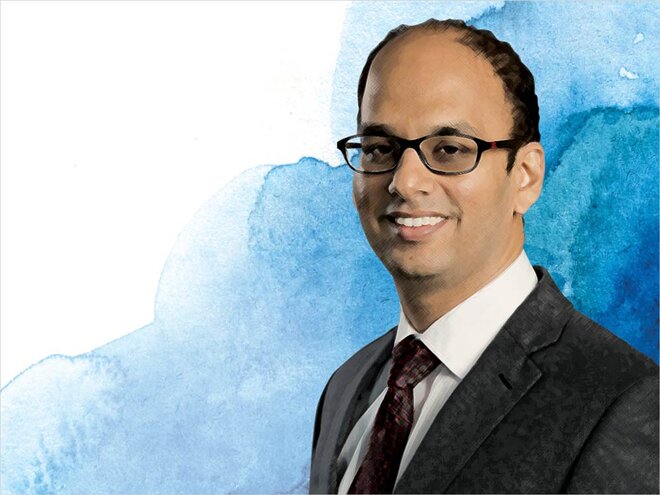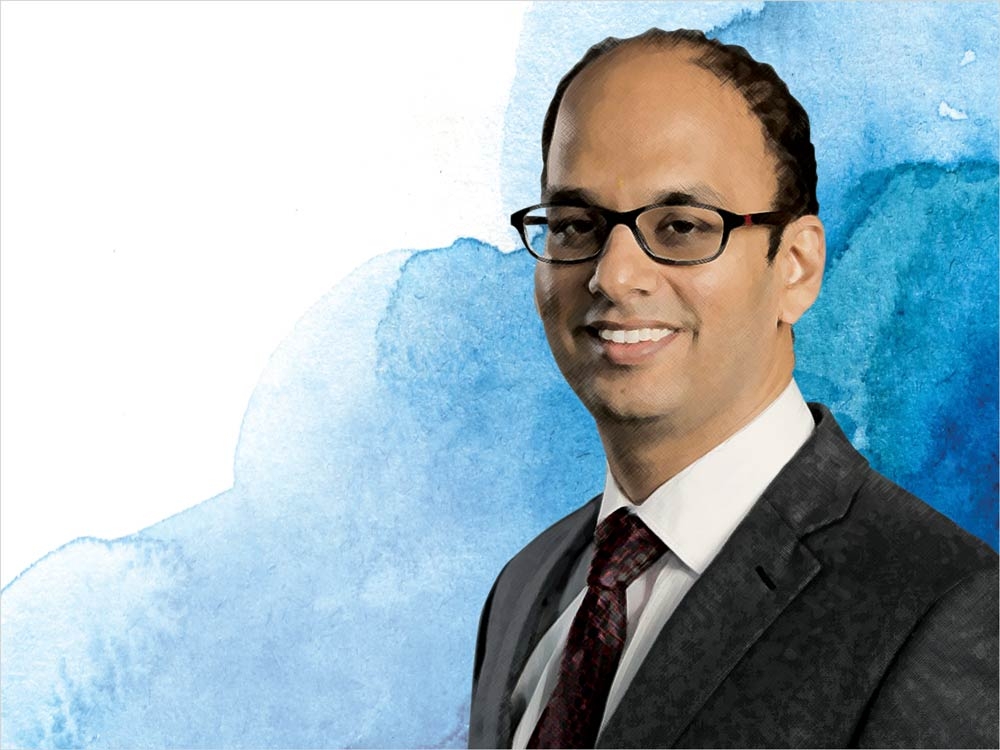
What's your view on debt markets and yield curve from here on? Do you expect more rate cuts going forward? When can we expect a rate reversal?
We don't expect a rate cut, given the fact that the economy has rebounded out of the pandemic-caused slowdown and the overall policy response both on the monetary and fiscal sides has been very supportive. In the Budget announcements made recently, the government has prioritised growth over fiscal consolidation for the next year as well, which clearly indicates that in the future, we will see better growth numbers.
In terms of rate reversal, while we believe that in the initial part, there may be some slack in the economy, it is very difficult to pin-point exactly at which point the rate reversal will happen. At some point, as the slack in the economy gets covered, the RBI will need to move back towards a normal interest-rate regime. The current interest regime largely factors the pandemic slowdown and interest rates will have to normalise at some point in time.
What's your advice to fixed-income investors from here on? The gap between the trailing one-year returns and the current YTMs is pretty wide.
The short-duration accrual products today make better investments, given that we expect the RBI to start rate reversal at some point in time. There have been some adjustments in the market in the last one month. We expect markets to be more volatile from here and therefore products which can handle volatility and with a reasonable carry and a shorter-duration profile are better suited for investors in the current environment.
We see you actively take exposure to perpetual bonds across debt and hybrid categories (in your short-duration fund, the exposure is 6 per cent). In the context of some of the recent events, how risky are these bonds? Are there any guidelines that you follow for investing in such instruments, such as maximum allocation, select list of issuers, etc.?
We are very conservative while selecting AT1 bonds for investments. The papers that we invest in are of those banks where we are comfortable in terms of the existing capitalisation, quality of assets and ability to raise capital. Perpetual bonds of good-quality banks have been instruments which have rendered a reasonable carry to the funds, given that the short-term yields on the AAA bonds were low.
We have risk-management guidelines across asset classes and across individual credits in terms of sector limits, asset limits and specific-issuer limits and these are monitored closely by the risk-management team.
At ICICI Prudential, we were among the early ones in the mutual fund industry to establish an in-house, independent risk-management team. The idea here is to have a team which is independent of the investment team, without any return targets. All of the due-diligence work when it comes to onboarding credit is carried out in accordance with our Debt Investment Policy, i.e., SLR (safety, liquidity and return). This structure has helped us to mitigate credit risks thus far.
Across debt funds, you take swap exposures against some portions of the portfolio, which we don't see in many other AMCs. Can you explain the rationale behind this?
The overnight interest swap is used as a strategy to hedge some of the duration risk. At certain points in time, hedging with an overnight interest swap is a much more attractive strategy than selling the bond. So, depending on the risk-reward, the fund uses this strategy to hedge portfolio duration risk. As an additional strategy, it aids in generating alpha for the fund.
The performance of your short-duration fund has been exceptional over the past one year. What has contributed to its outperformance?
ICICI Prudential Short Term Fund was overweight on AA assets since April-end, which was also the time when the AA asset class looked very attractive. The other factor which aided the fund performance was the fund's overweight stance on duration at a time when the yields corrected and reducing duration as the yields bottomed out.
What is your approach towards credit exposures in different funds? Your ultra-short-duration fund has a higher exposure to AA+ and below rated papers (32 per cent) than short-duration and equity-savings fund (15 per cent).
The approach largely is to have up to 20 per cent of the portfolio allocated to the AA asset class and the remaining part of the portfolio is invested across highest-rated category papers (sovereign, SDLs and AAA corporate bonds). Being a very-short-duration fund, the ultra-short fund has higher exposure to AA+ and below rated papers as compared to the short-term plan. Being a very short-duration asset class, the ultra-short fund has more flexibility to have higher exposure to AA assets.
Your short-duration fund has tended towards the higher end of the permitted duration band. What could be the implications of the current portfolio positioning if the interest rates were to rise? What are the risks for an investor with a near-term horizon of, say, 1.5 to two years?
The portfolio positioning since April has changed by reducing the overall duration. The fund was running a higher duration. The fund currently is running a medium duration, given that the expectation of recovery has changed over the last three months. As of January 2021, the fund has a Macaulay duration of 1.84 years and a modified duration of 1.76 years, with an average maturity at 2.67 years. Since the fund has reduced duration, the duration risk has been neutralised.
This story first appeared in the March 2021 issue of Mutual Fund Insight.



